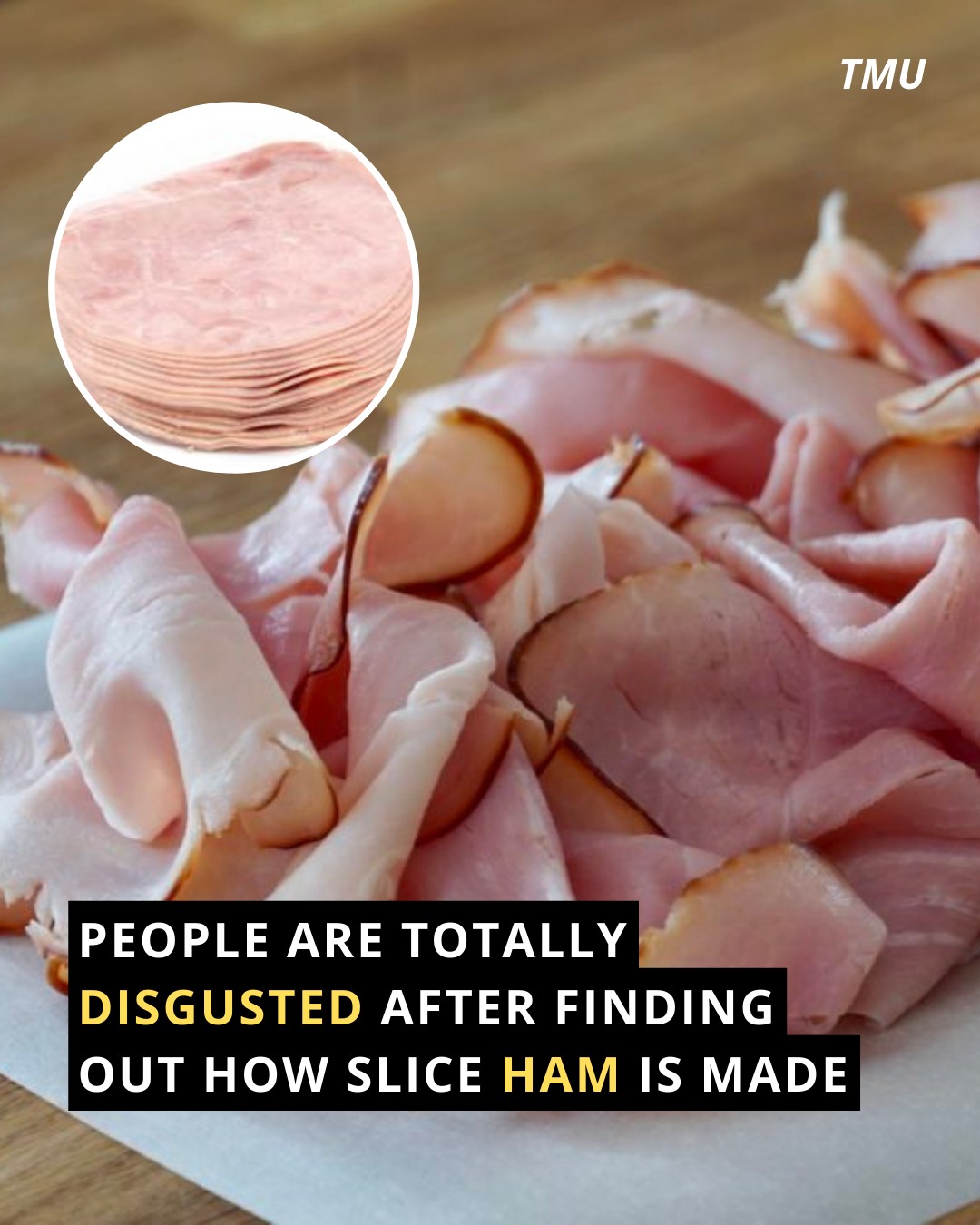The Disturbing Truth Behind Sliced Ham: Why People Are Disgusted
In recent times, a growing number of people have expressed their disgust after discovering how sliced ham is made. The production process of this popular deli meat, often seen in sandwiches and festive dishes, involves several steps that may be unappetizing to the average consumer. This article delves into the details of sliced ham production, shedding light on why it has sparked such a strong reaction.
The Origins of Ham
Ham comes from the hind leg of a pig and has been a staple in many cultures for centuries. Traditional methods of preparing ham involve curing, smoking, and aging the meat to enhance its flavor and preserve it. However, the mass production of ham, especially the pre-sliced variety found in supermarkets, involves more industrialized methods.
Industrial Production Process
Meat Selection and Preparation:
The process begins with selecting pork legs, which are then deboned. In some cases, lower-quality cuts of pork are also used. The meat is trimmed and cleaned to remove any unwanted parts.
Curing:
The meat is injected with a curing solution, which typically contains water, salt, sugar, sodium nitrate, and various phosphates. This solution helps preserve the meat, retain moisture, and enhance flavor. The injection process ensures that the curing agents are evenly distributed throughout the meat.
Tumbling and Massaging:
The cured meat is placed in large tumblers, where it is massaged for several hours. This mechanical action helps the meat absorb the curing solution more effectively and breaks down muscle fibers, making the meat more tender. During this process, additional binders and fillers may be added to improve texture and increase yield.
Molding and Cooking:
The processed meat is then molded into uniform shapes, usually using metal or plastic molds. This step ensures that each slice of ham has a consistent appearance and texture. The molded meat is cooked in steam ovens or water baths until it reaches the desired internal temperature.
Slicing and Packaging:
ADVERTISEMENT
